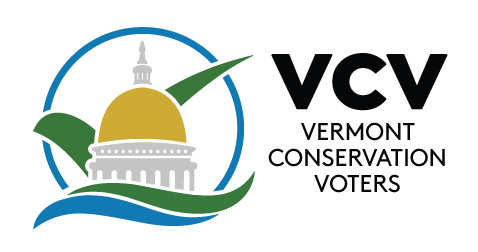Today, a key committee approved a rule that will require companies to report to the state if they’re using certain toxic chemicals in children’s products they sell in Vermont. The rule was proposed by the Department of Health, and implements a key provision in the Toxic-Free Families Act (Act 188) enacted in 2014. The rule was upheld today by the Legislative Committee on Administrative Rules (LCAR).
Manufacturers will need to report if products marketed to children under 12 include any of the sixty-six chemicals of high concern to children’s health adopted by the legislature in Act 188. The data that will be reported will dramatically improve Vermonters’ ability to know what’s in their children’s products.
Lauren Hierl, political director of Vermont Conservation Voters noted: “The rule approved today is a huge win for Vermont’s children. We will finally know which products contain chemicals linked to cancer, asthma, birth defects, and more. As a parent, I’m excited to know that I’ll be able to avoid exposing my children to toxic chemicals in the products I’m choosing to bring into my home. I thank the Department of Health for proposing, and legislators for upholding, this important rule.”
Falko Schilling, consumer and environmental advocate at Vermont Public Interest Research Group (VPIRG) added: “For too long the chemical and toy industries have decided which chemicals our children are exposed to, and today they were fighting to continue hiding what’s in products on our store shelves. Vermont chose our children’s health over corporate profits, and our state is now leading the way in letting consumers make informed decisions and help people avoid children’s products with harmful chemicals.”
The rule breaks new ground on reporting harmful chemicals in children’s products. Washington state has required reporting for several years on the same 66 chemicals of high concern to children that are on Vermont’s list, but the level of detail required in Vermont’s rule will be more useful for consumers.
“Ultimately, people shouldn’t have to shop around toxic chemicals, but better information on which harmful chemicals are being used in our children’s products is an important step forward,” added Hierl.
